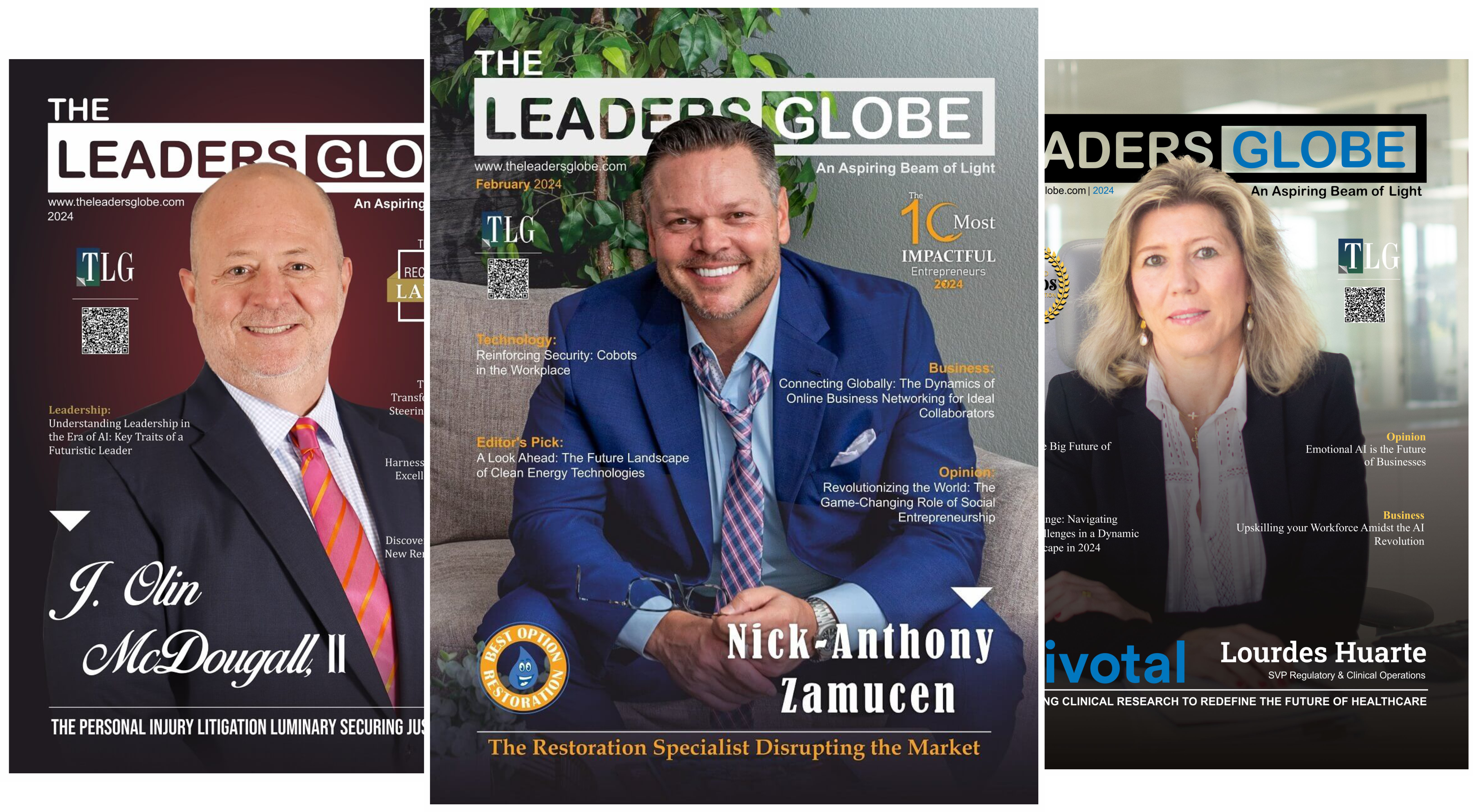The traditional “take-make-dispose” model of business is no longer sustainable. Resources are becoming scarce. Waste heaps grow larger by the day. Forward-thinking companies are now embracing a different path: the circular economy. This new way of thinking challenges old ideas. It aims to keep materials in use for as long as possible. It is about creating value, not waste. Businesses are finding exciting new ways to operate. They are not just reducing harm; they are creating new opportunities for growth and resilience.
What is the Circular Economy, Really?
A circular economy is about smart design. Products are made to be reused, repaired, or recycled. This stops waste from being created in the first place. Materials flow back into the system. This is unlike the old linear approach of “take, make, use, dispose.” In a circular system, waste becomes a valuable resource. This shift requires new ways of thinking. It also demands collaboration across various industries and sectors.
The core principles involve:
- Designing out waste and pollution: This means making products that produce no waste. It also means reducing harmful substances from their very beginning.
- Keeping products and materials in use: This extends the life of items significantly. Repair, reuse, and remanufacturing are key strategies for longevity.
- Regenerating natural systems: This supports ecological health. It uses renewable resources to avoid depleting the Earth’s natural capital.
This approach offers many benefits. It reduces reliance on new materials. It can also create new jobs and foster economic growth.
How are Businesses Making Their Supply Chains Circular?
Businesses are reinventing how products move through the economy. They are creating “closed-loop” supply chains. This means materials never truly leave the system, minimizing leakage.
Here are some examples of this in action:
- Product-as-a-Service Models: Instead of selling a product, companies sell its use. Philips, for instance, offers “lighting as a service.” Customers pay for light, not bulbs or fixtures. Philips takes back old lights for reuse. This ensures materials are kept in circulation, maximizing their utility.
- Reverse Logistics Networks: Companies are building systems to collect used products efficiently. Dell has a successful program for this. They recover materials from old electronics. These materials then go into new Dell products, reducing the need for virgin materials. This greatly reduces electronic waste, a growing global problem.
- Waste-to-Resource Technologies: New technologies turn waste into valuable inputs. Banyan Nation in India recycles plastic waste. They convert it into high-quality recycled plastic granules. These go into new products, proving waste can be a resource. This innovative process helps close the loop on plastic pollution.
- Modular Design: Products are designed for easy disassembly. Components can be replaced or upgraded effortlessly. This extends product life greatly. It reduces the need for entirely new items, saving resources and energy.
- Industrial Symbiosis: One company’s waste becomes another’s raw material. This creates a network of businesses. It boosts efficiency and reduces overall waste across multiple industries. Kalundborg Symbiosis in Denmark is a famous example of this collaborative approach.
What Advantages do Businesses Gain from Circularity?
The shift to a circular economy offers clear advantages. It is not just about environmental good. It also makes excellent business sense.
- Cost Savings: Using recycled materials can be cheaper than new ones. It reduces the need for costly raw materials. “By optimising how they use their resources, companies can reduce their production costs,” noted one expert, boosting their bottom line.
- Enhanced Brand Reputation: Consumers care deeply about sustainability today. Companies with circular practices attract more customers. This builds loyalty and a very positive public image, appealing to conscious consumers.
- Increased Resilience: Relying less on finite resources makes businesses stronger. Supply chains become less vulnerable to shocks. This helps companies face global challenges like resource scarcity.
- New Revenue Streams: Selling services instead of products opens new income sources. Repair and refurbishment services also create value. This means more diverse and stable business models for growth.
- Innovation and Competitive Edge: Embracing circularity drives innovation. Companies develop new technologies and processes. This can set them apart from competitors, giving them a unique selling proposition.
What Difficulties do Businesses Encounter?
Transitioning to a circular model is not without hurdles. It requires significant changes. Businesses need to plan carefully for these shifts.
Some common challenges include:
- Lack of Suitable Infrastructure: Collecting and processing used materials needs new systems. Investing in these can be costly for businesses. This infrastructure is vital for closing material loops.
- Consumer Behavior: People are used to the “buy and dispose” mindset. Shifting this behavior needs effort. Encouraging repair or reuse can be difficult for consumers to adopt.
- Financial Investment: Initial costs for redesigning processes can be high. This includes retooling and new technologies. Businesses need long-term vision for returns on these investments.
- Technical Limitations: Not all materials are easily recyclable with current methods. Some production processes need to improve. Research and development are vital here for breakthroughs.
- Regulatory Alignment: Policies often lag behind innovation in circularity. Clear regulations are needed to support circular models. This helps create a fair playing field for businesses.
Conclusion
The circular economy is more than just a trend. It is a fundamental shift in how business operates. It promises a more sustainable and prosperous future for everyone. Businesses that embrace circular principles are not just doing well for the planet. They are building stronger, more resilient operations. They are preparing for a world where resources are valued, not wasted. As Hendrith Vanlon Smith Jr. noted, “Economic growth should be paired with cycles of reciprocal production and consumption.” This vision is rapidly becoming a reality. The journey is ongoing, but the direction for businesses is clear.




